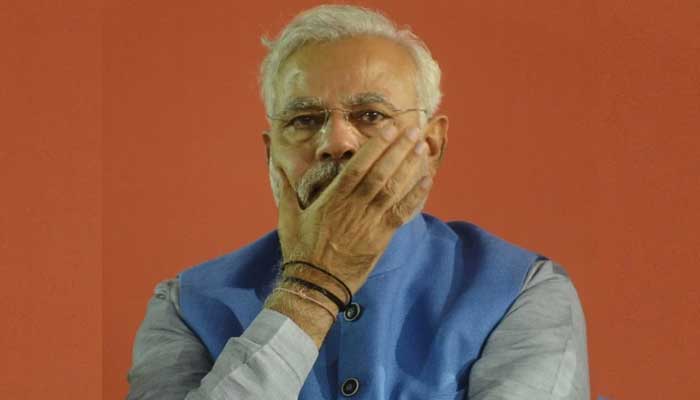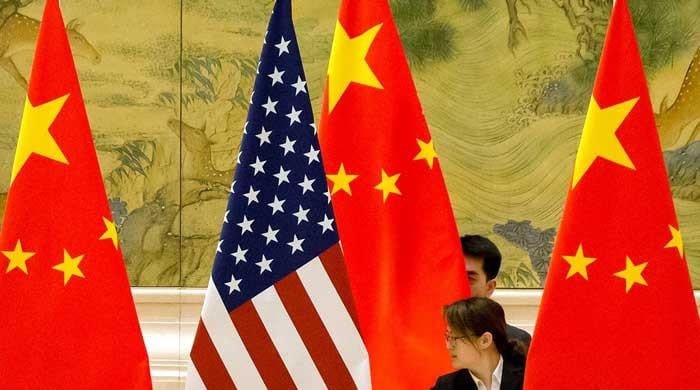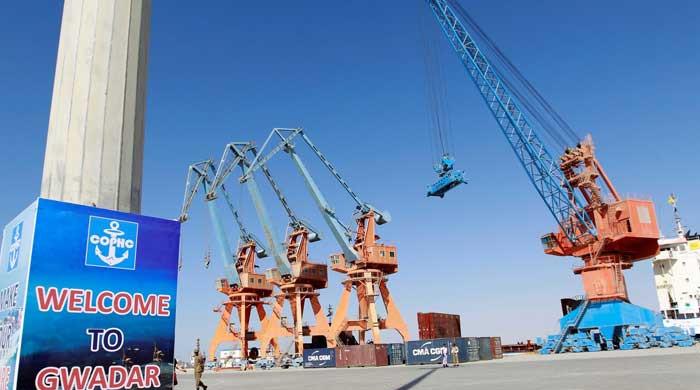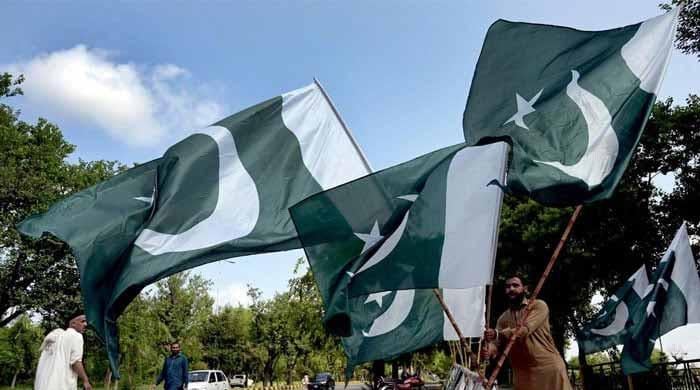How Modi lost his groove
Little did India know, Pakistan was waiting — not with outdated weaponry but with cutting-edge technology
May 15, 2025

When Indian Prime Minister Narendra Modi promised India a swift and decisive revenge after the Pahalgam terror attack on April 22, 2025, the Indian media machine quickly turned into a war-mongering animal.
For days, Indian airwaves and social media platforms churned out a relentless narrative: Pakistan’s military, crippled by an economically collapsed state, was no match for India’s might. The Indian public, fed a steady diet of Pakistan’s supposed fragility, believed a swift, decisive strike would establish India as an undisputed champion of the region.
Modi, emboldened by this fervour, ignored Pakistan’s calls for an independent inquiry into the Pahalgam incident, choosing instead to launch ‘Operation Sindoor’ on May 7, with airstrikes and missiles targeting major cities in Pakistan and Azad Kashmir. The stage was set for what India assumed would be a walkover. Modi’s gamble, driven by hubris and political ambition, has backfired spectacularly, exposing India’s vulnerabilities, both military and social, while uniting a fractured Pakistan in defiance.
It is worth noting here that India initiated the attack on Pakistan under the garb of revenge for the Pahalgam incident, opting to strike rather than to pause and investigate. This means that in the volatile environment of South Asia, a few kilogrammes of explosives in a random person’s hands are enough to ignite a nuclear catastrophe.
After the embarrassment of the Abhinandan saga, India had invested over $15 billion heavily in its crown jewels: 36 Rafale jets from France and five Russian S-400 air defence systems, touted as game-changers for ruling the skies.
Modi saw this as his moment to showcase India’s assumed military superiority, parading these shiny toys to dazzle the world and bolster his domestic political capital ahead of elections. The Indian media hyped the Rafales as invincible and the S-400s as impenetrable, framing Pakistan’s military arsenal as inferior.
Little did India know, Pakistan was waiting — not with outdated weaponry but with cutting-edge technology honed through years of cooperation with China. The battlefield became a proving ground for Chinese systems like the J-10C fighter jets and advanced missiles like PL-15 and HD-1a, which turned Modi’s grand theatre into an embarrassment for India and a historic debut for China’s modern military tech on the battlefield.
The first shock came when Pakistan’s air defences, bolstered by superior cyber tech and Chinese fighter jets, shredded India’s opening salvo. Pakistan claims to have downed five Indian fighter jets, including three prized Rafale, during India’s initial strikes. While India denies the extent of these losses, the destruction of at least two Rafales is confirmed by Western media, sending ripples through Western defence circles. Top analysts, from Washington to London, have begun questioning India's air force's training and operational readiness. How could a force that spent billions on elite battle-tested jets lose them to a supposedly much weaker adversary at the very first face-off?
The answer lies in Pakistan’s strategic foresight. Defence critics have been pointing out for some time that modern warfare requires system integration and coherence, which is turning out to be a big challenge for India as it has amassed a wide array of expensive military hardware from different countries like Russia, France and the US.
Unlike India’s reliance on high-cost, incoherent Western platforms, Pakistan leveraged China’s cost-effective equipment, optimised for modern warfare’s electronic and asymmetric demands. These systems work together much more coherently and effectively. The J-10C’s advanced radar and missile systems outmanoeuvred the Rafales, from a distance of almost 200 kms, proving that flashy price tags don’t win wars — skill, strategy and preparation do.
The second blow was even more unthinkable from India’s perspective. In Pakistan’s retaliatory 'Operation Bunyan-um-Marsoos', launched hours after India’s strikes, Pakistani forces targeted and damaged India’s S-400 batteries near the border. The S-400, marketed as the world’s most advanced air defence system, was supposed to render India’s skies untouchable.
Yet Pakistan’s Chinese-supplied missiles and electronic warfare tactics penetrated these defences, exposing their vulnerabilities. This isn’t just a tactical defeat; it is a strategic humiliation. The S-400’s failure has sparked global debates about the system’s overhyped capabilities, with implications for Russia’s arms market and India’s defence strategy.
As a result of ‘Operation Sindoor’, Modi’s India stands exposed, its vulnerabilities laid bare for the world to see. The class system, long a festering wound beneath India’s globalised veneer, has no place in today’s interconnected world. The conflict provided a platform for India’s minorities and lower-caste communities to voice their grievances, amplified by the chaos of war. Social media, particularly platforms like X, became a battleground of their own, flooded with reports of clashes across India between Hindutva activists and ordinary citizens.
Outcasts and minorities, disillusioned by the nationalist frenzy, openly confronted attempts to vandalise Pakistani flags or demonise minorities. The Sikh community, in particular, made their voices heard. These internal fissures, hidden beneath the ‘Incredible India’ campaign, have erupted into plain view, with social media deserving credit for amplifying the dissent. India, once projected as a rising superpower, now appears as a nation in need of healing. Modi, a leader skilled in stoking division but lacking the empathy to mend, is ill-equipped to apply the balm his country desperately needs.
What Modi envisioned as a quick, morale-boosting revenge has instead revealed Pakistan’s military and social resilience and India’s fragility. Far from a walkover, India now faces the prospect of a long, gruelling conflict if tensions reignite. Pakistan has shown it can hold its own, even against a larger, better-funded adversary. The four-day escalation, marked by intense cross-border shelling and airstrikes, ended with a US-mediated ceasefire on May 10 not because India triumphed but because it had no viable path forward.
At home, Modi’s miscalculation has unravelled his carefully crafted image. The Indian media, which spent weeks inflating expectations of a crushing victory, turned on itself overnight. Social media platforms buzzed with Indian voices questioning the government’s competence and the media’s credibility. Pakistanis mocked the 'invincible' Rafales and S-400s.
At the same time, many Indians demanded accountability for the civilian disruptions and economic losses from the brief but chaotic conflict. This campaign seems to have achieved nothing and exposed India’s global diplomatic alienation. Modi’s political capital, built on nationalist fervour, is bleeding.
The Pahalgam attack, which India used to justify its strikes, remains shrouded in ambiguity, with Pakistan’s call for a neutral probe gaining traction among neutral observers. If anything, India’s rush to war has strengthened Pakistan’s diplomatic hand with the Gulf states, China and other countries around the world. Kashmir has taken centre stage, and global leadership seems to have realised that lasting peace in the region is impossible without settling the Kashmir issue.
From Pakistan’s perspective, this is a moment of profound transformation, one for which Modi deserves an ironic salute. By his reckless aggression, he has inadvertently gifted Pakistanis the 'Naya Pakistan' their leaders have promised and failed to deliver for years: a nation brimming with unyielding patriotism and vivid hope.
Before India’s offensive, Pakistan was a nation visibly divided, mired in political controversies and economic woes. Morale was at an all-time low, with many Pakistanis internalising the narrative that their country was good for nothing. Political factions bickered, and the populace was disillusioned. Yet, Modi’s reckless aggression became the catalyst for unity. India’s strikes galvanised the Pakistani people, who rallied behind their armed forces with unprecedented fervour. Even those who initially sought to exploit the crisis for political gain found themselves scrambling to prove their loyalty, donning the mantle of digital warriors to align with the nation’s resolve.
The armed forces, for their meticulous preparedness and decisive response, deserve full credit for this. Militarily, Pakistan has proven itself a formidable force, capable of humbling a larger adversary. Socially, Pakistanis have rediscovered their unity, rallying around a shared identity that drowns out past discord.
Diplomatically, Pakistan has emerged as a credible voice; the perception of diplomatic alienation has shattered. This Naya Pakistan is not just a slogan but a reality. The battle in the skies has not only shattered Modi’s mirage but also heralded the dawn of a revitalised Pakistan.
The writer manages one of Pakistan's largest digital media houses.
Disclaimer: The viewpoints expressed in this piece are the writer's own and don't necessarily reflect Geo.tv's editorial policy.
Originally published in The News









